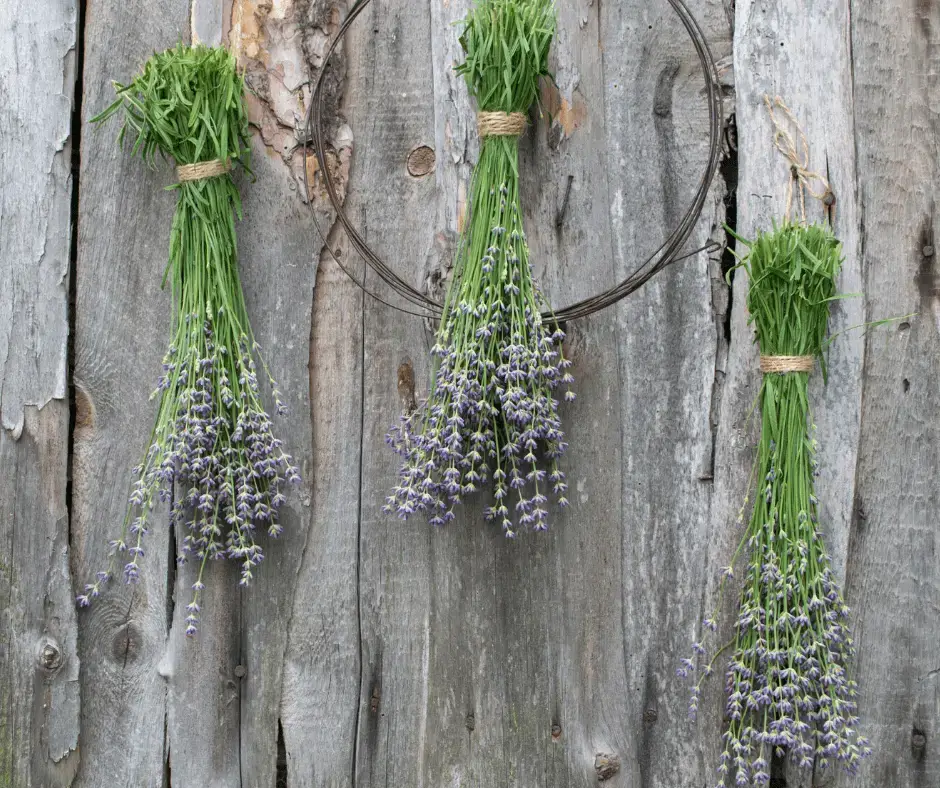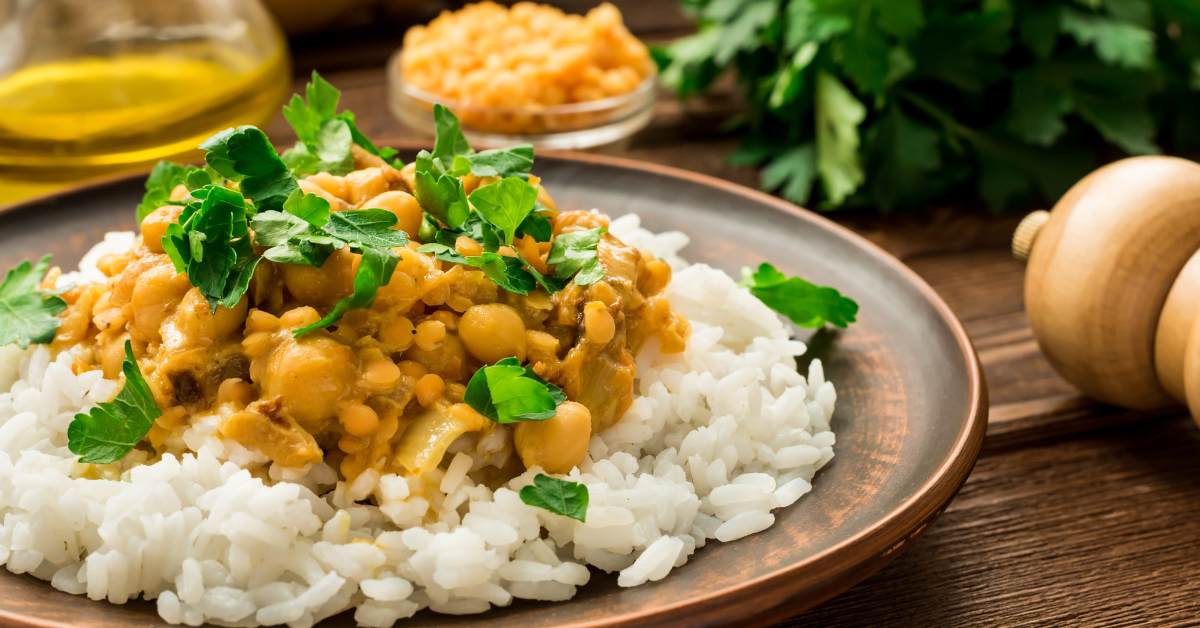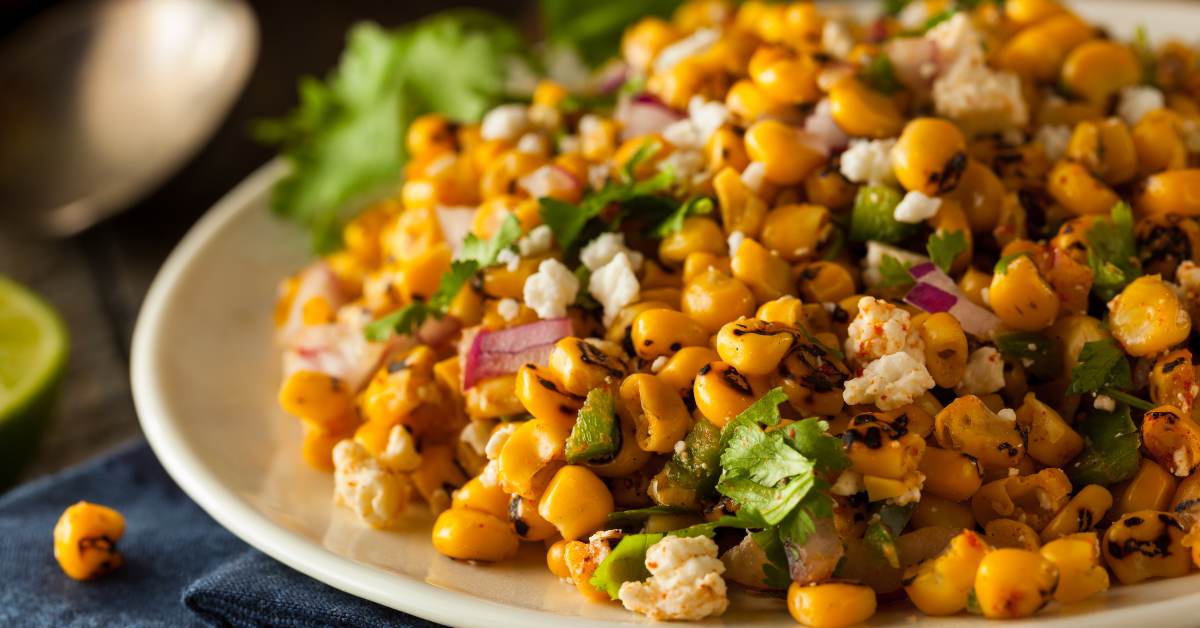Dried lavender is one of the most fragrant flowers you can preserve. It also has many uses from simple fragrance to even cooking.
If you’re not sure how to get started with drying lavender, this handy guide will walk you through step by step.
Tips for Drying Lavender Leaves
Although many people prefer to dry the buds of the plant, the leaves also smell great and are just as easy to dry.
When drying the leaves, use the tender growth that is at the tip of the stems for the best results.
To prep them for drying, you can cut the stem off at any time. However, if you have a flower growing on the stem that you want to keep growing, simply wait until it’s done blooming or remove individual leaves.
Make sure that you don’t remove too much at any one time as this can keep the plant from growing well.
Tips for Drying Lavender Flowers
When drying the flowers, you can cut them off below the bud or at the stem’s base. Depending on how you want to use it and how you’ll be preserving it will determine which way is best.
Just fyi, getting a clean cut is easier if you use precision pruners to cut the stalks of the plant – something like these:
Prices pulled from the Amazon Product Advertising API on:
Product prices and availability are accurate as of the date/time indicated and are subject to change. Any price and availability information displayed on [relevant Amazon Site(s), as applicable] at the time of purchase will apply to the purchase of this product.
How to Dry Lavender in a Dehydrator
Although you probably use dehydrators primarily for drying food, they work just as well for herbs like lavender. This is one of the faster methods, so if you already have a dehydrator hiding in your cabinet, I’d go with this option.
Make sure that the lavender is free from dirt and any bugs. Spread them out on the trays and place in the dehydrator.
Make sure that they are not touching for the best results.
Set on the lowest setting. If your dehydrator has a setting for herbs, use that one. Check the lavender every hour and remove it when it is completely dry.
How to Dry Lavender Quickly (Using an Oven)
If you don’t have a dehydrator handy but still want to speed up the drying process, then you can dry lavender in the oven.
Preheat the oven to 100 degrees F. Leave the door open slightly to allow any moisture to escape.
Spread the clean leaves in a single layer on a baking sheet and place in the oven. Check frequently as it can be easy to burn with this method.
Usually after 10-15 minutes, it’ll be completely dried (which you’ll know when the leaves crumble). If any moisture remains, flip them and keep in the oven for an additional five minutes.
Allow the plant to cool before handling and then store.
Hanging Lavender to Air Dry
While there’s no one “right” way to dry herbs, many lavender enthusiasts prefer the air drying method.
They believe it preserves more of the quality of the buds and the essential oils in the plant. While this method does take longer, it also takes little to no work to set up.
If you’ve never tried air drying before, there are few options to use…
Hang Bundles
Cut off stalks of lavender and bundle roughly 20 stalks together. Ensure they stay together with some kind of tie like a string or a rubber band.
Once you have your bundles completed, you should hang them in a place that’s dark and dry. A basement works great. But if you’re like me and don’t have one, I just dry herbs in my laundry room, which doesn’t have a window, and we always keep the door shut.
Picking a room with the right hanging conditions will help the lavender keep its scent and color longer.
As for positioning, you want to place the bundles upside down to maintain the shape of the buds.
Tip: Don’t group the stalks too tightly together. You want air to pass freely through them (and around all sides).
Use a Drying Rack
If you would prefer to use a drying rack, this method takes up more space but is also effective. It’s also slightly faster than hanging bunches.
To dry using a rack, simply harvest the stalks and find a warm and dark place to put them. Often a closet or basement is the go-to spot.
You can lay the stalks on old newspaper or something similar to allow air to circulate freely.
Make sure that the stalks are laid flat and then allow them to dry naturally. You’ll know they’re done when they feel brittle.
How Long Does It Take for Lavender to Dry?
The time that it takes lavender to dry ultimately depends on the method you use for drying. For the dehydrator and oven method, you can expect this to range from half an hour up to 2 hours.
For air drying, the process usually takes about 2-4 weeks.
How to Dry Lavender for Tea: Is Any One Particular Method Best?
You can use any of the above methods to make lavender tea from the buds of the plant. However, if you’ve never made lavender tea before, keep in mind that English and French species are the most common for tea making.
Although it may not seem like lavender has a strong flavor, it’s easy to add too much to tea.
Use a ratio of 1/2 teaspoon of dried lavender for every cup of hot water for the best results.
If you don’t like the flavor on its own, many people add it to chamomile or Earl Grey for a variety in flavor.
You can also add honey for sweetness. When making the tea, steep the leaves for at least five minutes for the best results.
How to Store Dried Lavender
If you want to store dried lavender buds, make sure to remove them from the stalk. Lightly rub the stalk between your hands to separate the blooms. Discard the stalk before storing.
It’s a good idea to store lavender in an airtight container. Mason jars that are airtight are usually the best option. I have a hack you can use to make dried herbs last even longer (<– check it out).
If you keep the lavender exposed to oxygen, it will eventually get stale. You should also store it in a cool place.
Tinted jars can help it last longer because they keep sunlight from ruining the lavender.
Finally, make sure that you keep it in an area where the humidity is low and the temperature is stable.
Can Dried Lavender Go Bad?
Yes, lavender can eventually go bad although it will usually last at least a year.
It may also start to mold if it’s not dried properly. When storing your lavender, make sure that it’s free from moisture.
Also, before using, make sure to inspect it to see if there is any mold growth. If it starts to have an off-smell or smells stale, then it’s probably past its usable life.
You may want to discard it at this point. But if you do keep it, reserve it for something like decor – not for baking or tea.
Dried Lavender Uses
You’d be amazed how many uses you can find for dried lavender. Tea is one of the great ways that people use it. However, it’s common in baking and may be used for breads, desserts, and more.
It’s even commonly added to ice cream!
Aromatherapy also uses lavender oil, and it doubles as a natural insect repellent, which is great in the hotter months.
The most common use would have to be potpourri though. It just smells so good!
Although there’s no “bad” way to dry lavender for potpourri, I prefer the air drying method as it better preserves the essential oils and fragrance.
>>> Check out my ultimate list of things to do with dried lavender!
Frequently Asked Questions
Do you wash lavender before drying?
You can, although you should always be careful with the delicate buds. Consider soaking the lavender for a more delicate option to clean it. But really, it’ll do just fine without washing.
Can you dry lavender after it blooms?
Yes, lavender can be dried at any stage but most people prefer to use the buds since they are less likely to crumble.
How long does dried lavender smell last?
Usually about a year. However, with good storage, you can extend its smell to 18-24 months.
How do you make dried lavender smell stronger?
Adding lavender essential oil to dried lavender is a good way to rejuvenate its scent. You can also crush the buds to release more scent naturally.
How do I dry lavender for baking and cooking?
It doesn’t matter which method you use – hanging, oven, or dehydrator all work equally well when preparing lavender for cooking. However, separate the buds from the leaves and stems when dried and use the buds for cooking.











Do you know how quickly lavender molds when in the presence of moisture?
Typically within days.